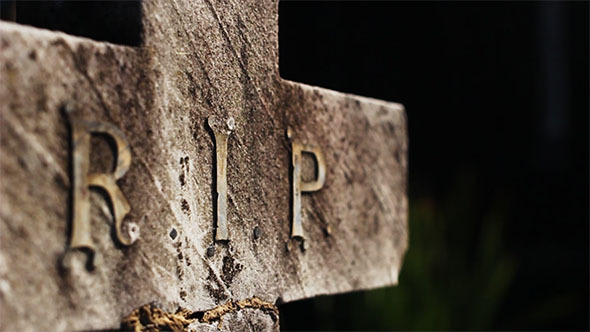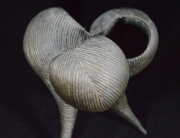I am disheartened by the use of the acronym R.I.P. on Facebook by a number of Nepalis when a fellow Nepali passes away. Do they not know the meaning of the letters RIP or the context in which they are used? If the deceased Nepali is a Christian then it’s okay to use it, because the body of a Christian is generally buried. With that said, some Christians are cremating their dead to avoid expensive burial costs.
Do you know how much it costs to bury a dead body these days? The answer is several thousands to hundreds of thousands of dollars. Why, you might ask? The two most expensive items for Christian burial are the cemetery plot and the casket. Expensive caskets run from thousands to hundreds of thousands of dollars. From a simple wooden casket to a gold and titanium one, these are symptomatic of the Christian view of afterlife, which conflicts with the Hindu one.
Getting a plot of land to bury in a densely populated metropolis like Athens, Greece, has become a challenge because Greece has run out of burial ground. To mitigate this situation, Greece now allows families to rent a burial spot in the city cemetery. After the lease runs out—the time period depends on how much the family is able to afford—the body must be exhumed and moved to another country where there is available land. Less populated Eastern European countries are offering re-burial services, of course, for a small price. It has become a cottage industry in many Eastern European countries (for further reading I refer you to my article “Reclaiming the Slesmantak” in Kathmandu Post, February 2, 2011. http://kathmandupost.ekantipur.com/news/2011-02-12/reclaiming-the-sleshmantak.html).
Hindus, on the other hand, do not have this problem because they cremate their dead. When a Hindu dies, all that is required is wood to burn the body. Once burned, it’s finished. I have a lot to say about the environmental, financial, and political impact a burial can have on the family and the community, as it has played out in Kathmandu due to an upsurge in the Christian population. I reserve this for a later post. Here, however, I wish to chastise those Nepalis who use the term RIP for a Hindu whose corpse is never buried.
I don’t wish to pontificate, but I simply can’t ignore misinformation or distortion about a subject I’m familiar with. If the misinformation is not corrected, it’s likely to perpetuate in the future as truth. It’s evident that some Nepalis active on Facebook don’t know the true meaning of the phrase “Rest in Peace,” which we often see on headstones in Christian cemeteries. Originally derived from Latin and used by Christians in the ancient catacombs of Rome during the Christian persecution, burial was a resting place for the dead; hence the phrase “Rest in Peace.”
Let us compare this idea of eternal rest and peace, as found in Christianity, with Hinduism. Hindu and Christian epistemology, ontology, soteriology, and theology are diametrically different. First, unlike Hindus, Christians don’t believe in transmigration of life—that is, reincarnation. Second, Christians don’t believe in Moksa or Mukti, which is the total release from rebirth. For Christians, this is their last or final life; so Christians hurry to do everything in this life. That’s why we see the West moving so fast, trying to accomplish things in a hurry—because there is no later opportunity to do what is not fulfilled.
Because Hindus believe in reincarnation, they have a laissez-faire attitude toward everything. Āja nabhaye, bholi garaulā, or yo gindagi mā ebhaya arko givan mā purā garaulā. Loosely translated, “if not this time, I will do it next time or in next life.” This thought is demonstrated by manner in which Hindus and Christians think and do things differently. This cultural difference is rooted in philosophical and religious differences that can’t be bridged or compromised, so please be careful what you say or write without understanding these fundamental differences.












Not everyday do we find random writings on Internet which resonate. Deepak ji, thanks. So very well aligned.
RIP and Moksha are contrasting ideas of a binary life form and infinite life stages….
Manish